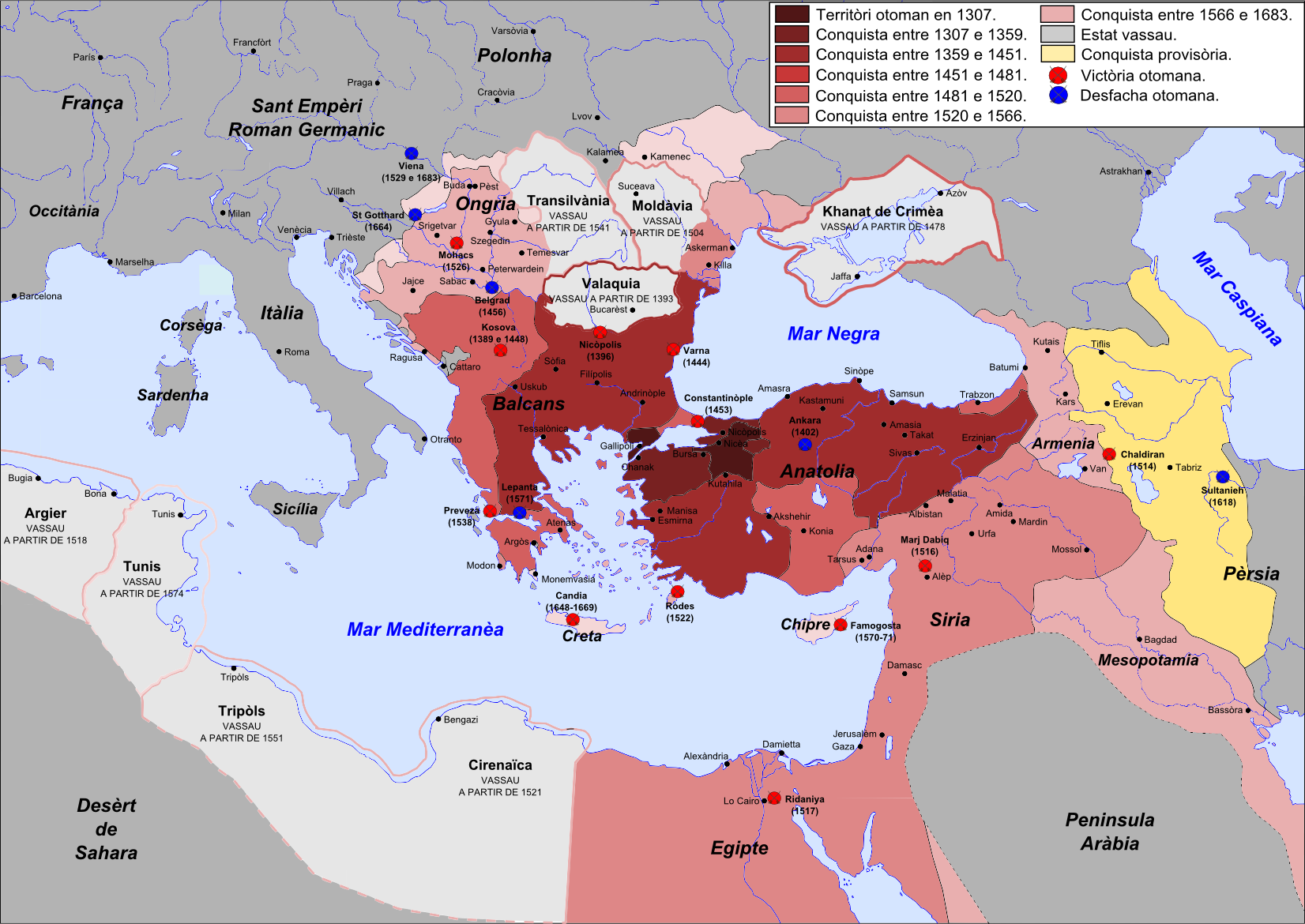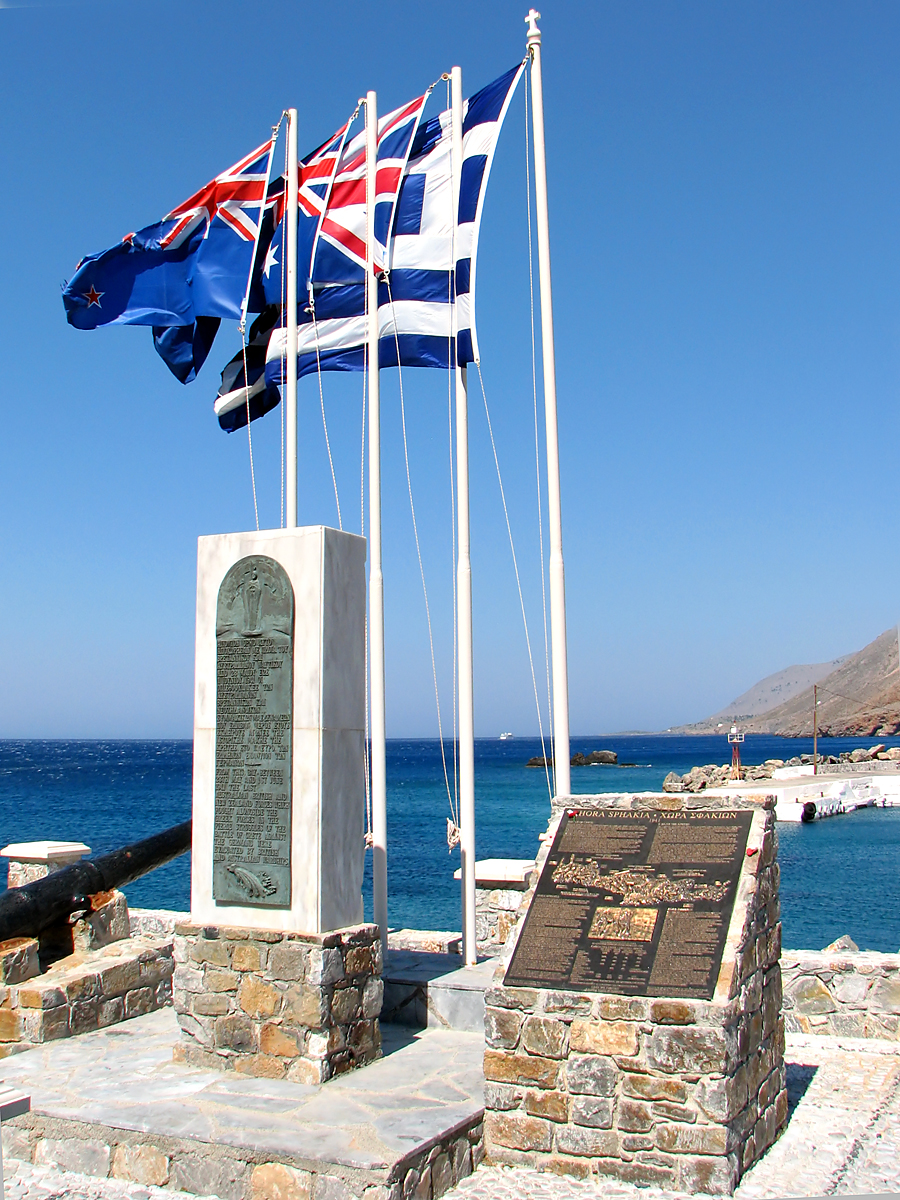|
Pavlos Vrellis Greek History Museum
The Pavlos Vrellis Greek History Museum ( el, Μουσείο Ελληνικής Ιστορίας Παύλου Βρέλλη) also known as Pavlos Vrellis Museum of Wax Effigies is a privately owned wax museum in Ioannina regional unit, Greece. It was set up by the sculptor Pavlos Vrellis in February 1983, and is the best known wax museum in Greece. The museum hosts 150 wax models in 37 themes, inspired by various events from Greek history. Location and history The Museum's main building is located south of the city of Ioannina, Epirus, in Bizani municipality, on the Ioannina – Athens national road. It was owned by local sculptor Pavlos Vrellis, who founded the museum in February 1983. The museum facility covers an area of and is built according to the traditional, local, fortress-type architectural style of 18th-century, according to Vrellis' own design. [...More Info...] [...Related Items...] OR: [Wikipedia] [Google] [Baidu] |
Bizani
Bizani ( el, Μπιζάνι) is a village and a former municipality in the Ioannina regional unit, Epirus, Greece. Since the 2011 local government reform it is part of the municipality Ioannina, of which it is a municipal unit. The municipal unit has an area of 91.372 km2, the community 11.660 km2. In 2011 its population was 5,124. The seat of the municipality was in Pedini. The municipal unit is situated in the plains and low hills south and southwest of Ioannina. The Greek National Road 5 (Ioannina - Arta), the Greek National Road 17 (Ioannina - Dodoni) and the Egnatia Odos motorway (Igoumenitsa - Ioannina - Thessaloniki Thessaloniki (; el, Θεσσαλονίκη, , also known as Thessalonica (), Saloniki, or Salonica (), is the second-largest city in Greece, with over one million inhabitants in its metropolitan area, and the capital of the geographic region of ...) pass through the municipal unit. Subdivisions The municipalunit Bizani is subdivided into the f ... [...More Info...] [...Related Items...] OR: [Wikipedia] [Google] [Baidu] |
Ottoman Greece
Most of the areas which today are within modern Greece's borders were at some point in the past part of the Ottoman Empire. This period of Ottoman rule in Greece, lasting from the mid-15th century until the successful Greek War of Independence that broke out in 1821 and the proclamation of the First Hellenic Republic in 1822 (preceded by the creation of the autonomous Septinsular Republic in 1800), is known in Greek as ''Tourkokratia'' ( el, Τουρκοκρατία, "Turkish rule"; en, "Turkocracy"). Some regions, however, like the Ionian islands, various temporary Venetian possessions of the Stato da Mar, or Mani peninsula in Peloponnese did not become part of the Ottoman administration, although the latter was under Ottoman suzerainty. The Eastern Roman Empire, the remnant of the ancient Roman Empire which ruled most of the Greek-speaking world for over 1100 years, had been fatally weakened since the sacking of Constantinople by the Latin Crusaders in 1204. The Ottoman ... [...More Info...] [...Related Items...] OR: [Wikipedia] [Google] [Baidu] |
Wax Museums
A wax museum or waxworks usually consists of a collection of wax sculptures representing famous people from history and contemporary personalities exhibited in lifelike poses, wearing real clothes. Some wax museums have a special section dubbed the " Chamber of Horrors", in which the more grisly exhibits are displayed. Some collections are more specialized, as, for example, collections of wax medical models once used for training medical professionals. Many museums or displays in historical houses that are not wax museums as such use wax figures as part of their displays. The origin of wax museums goes back to the early 18th century at least, and wax funeral effigies of royalty and some other figures exhibited by their tombs had essentially been tourist attractions well before that. History before 1800 The making of life-size wax figures wearing real clothes grew out of the funeral practices of European royalty. In the Middle Ages it was the habit to carry the corpse, fully dr ... [...More Info...] [...Related Items...] OR: [Wikipedia] [Google] [Baidu] |
History Museums In Greece
History (derived ) is the systematic study and the documentation of the human activity. The time period of event before the invention of writing systems is considered prehistory. "History" is an umbrella term comprising past events as well as the memory, discovery, collection, organization, presentation, and interpretation of these events. Historians seek knowledge of the past using historical sources such as written documents, oral accounts, art and material artifacts, and ecological markers. History is not complete and still has debatable mysteries. History is also an academic discipline which uses narrative to describe, examine, question, and analyze past events, and investigate their patterns of cause and effect. Historians often debate which narrative best explains an event, as well as the significance of different causes and effects. Historians also debate the nature of history as an end in itself, as well as its usefulness to give perspective on the problems of the p ... [...More Info...] [...Related Items...] OR: [Wikipedia] [Google] [Baidu] |
The Holocaust
The Holocaust, also known as the Shoah, was the genocide of European Jews during World War II. Between 1941 and 1945, Nazi Germany and its collaborators systematically murdered some six million Jews across German-occupied Europe; around two-thirds of Europe's Jewish population. The murders were carried out in pogroms and mass shootings; by a policy of extermination through labor in concentration camps; and in gas chambers and gas vans in German extermination camps, chiefly Auschwitz-Birkenau, Bełżec, Chełmno, Majdanek, Sobibór, and Treblinka in occupied Poland. Germany implemented the persecution in stages. Following Adolf Hitler's appointment as chancellor on 30 January 1933, the regime built a network of concentration camps in Germany for political opponents and those deemed "undesirable", starting with Dachau on 22 March 1933. After the passing of the Enabling Act on 24 March, which gave Hitler dictatorial plenary powers, the government began isolating Je ... [...More Info...] [...Related Items...] OR: [Wikipedia] [Google] [Baidu] |
Battle Of Pindus
The Battle of Pindus ( el, Μάχη της Πίνδου) took place in the Pindus Mountains in Epirus and West Macedonia, Greece, from 28 October–13 November 1940. The battle was fought between the Greek and the Italian armies during the first stages of the Greco-Italian War. The elite Italian 3rd Alpine Division "Julia" invaded Greece from the Pindus sector. After its initial advance, the division was surrounded by the Greek army and forced to retreat after suffering heavy losses. In the aftermath, the Greeks were able to push back the Italians, advancing deep into Albanian territory. Background After the Italian invasion of Albania in 1939, the Greek General Staff became alerted to a potential Italian attack from Albanian territory, which eventually started on 28 October 1940. The Italian command deployed the ''Julia'' Division with the objective of capturing the strategic mountain passes of the Pindus Mountains as swiftly as possible. During an Italian war council, the Itali ... [...More Info...] [...Related Items...] OR: [Wikipedia] [Google] [Baidu] |
Theodoros Kolokotronis
Theodoros Kolokotronis ( el, Θεόδωρος Κολοκοτρώνης; 3 April 1770 – 4 February 1843) was a Greek general and the pre-eminent leader of the Greek War of Independence (1821–1829) against the Ottoman Empire. Kolokotronis's greatest success was the defeat of the Ottoman army under Mahmud Dramali Pasha at the Battle of Dervenakia in 1822. In 1825, he was appointed commander-in-chief of the Greek forces in Peloponnese. Today, Kolokotronis ranks among the most prominent figures in Greece's War of Independence. Early life Theodoros Kolokotronis was born at Ramavouni (), a mountain in Messenia, and was baptised in the village of Piana. He descended from a family of klefts, and grew up in the village of Libovitsi, Arcadia, in the central Peloponnese, where his family originated.. The Kolokotroneoi were a powerful and respected clan in Arcadia in the 18th century. Their legendary pride and insubordination is commemorated in a well-known folk song of that time: "On ... [...More Info...] [...Related Items...] OR: [Wikipedia] [Google] [Baidu] |
Ali Pasha Of Ioannina
Ali Pasha of Ioannina (1740 – 24 January 1822), was an Albanian ruler who served as pasha of a large part of western Rumelia, the Ottoman Empire's European territories, which was referred to as the Pashalik of Yanina. His court was in Ioannina, and the territory he governed incorporated central and southern Albania, most of Epirus and the western parts of Thessaly and Greek Macedonia. Ali had three sons: Muhtar Pasha, who served in the 1809 war against the Russians, Veli Pasha, who became Pasha of the Morea Eyalet and Salih Pasha, governor of Vlorë. Ali first appears in historical accounts as the leader of a band of brigands who became involved in many confrontations with Ottoman state officials in Albania and Epirus. He joined the administrative-military apparatus of the Ottoman Empire, holding various posts until 1788 when he was appointed pasha, ruler of the sanjak of Ioannina. His diplomatic and administrative skills, his interest in modernist ideas and concepts, his pop ... [...More Info...] [...Related Items...] OR: [Wikipedia] [Google] [Baidu] |
Klephts
Klephts (; Greek κλέφτης, ''kléftis'', pl. κλέφτες, ''kléftes'', which means "thieves" and perhaps originally meant just "brigand": "Other Greeks, taking to the mountains, became unofficial, self-appointed armatoles and were known as klephts (from the Greek ''kleptes'', "brigand").") were highwaymen turned self-appointed armatoloi, anti-Ottoman insurgents, and warlike mountain-folk who lived in the countryside when Greece was a part of the Ottoman Empire. They were the descendants of Greeks who retreated into the mountains during the 15th century in order to avoid Ottoman rule.: "The klephts were descendants of Greeks who fled into the mountains to avoid the Turks in the fifteenth century and who remained active as brigands into the nineteenth century." They carried on a continuous war against Ottoman rule and remained active as brigands until the 19th century. The terms kleptomania and kleptocracy are derived from the same Greek root, κλέπτειν (''klépte ... [...More Info...] [...Related Items...] OR: [Wikipedia] [Google] [Baidu] |
Dionysius The Philosopher
Dionysios Philosophos (Διονύσιος ο Φιλόσοφος, Dionysios the Philosopher) or Skylosophos ( el, Διονύσιος ο Σκυλόσοφος; c. 1541–1611), "the Dog-Philosopher" or "Dogwise" ("skylosophist"), as called by his rivals, was a Greek bishop, who led two farmer revolts against the Ottoman Empire, in Thessaly (1600) and Ioannina (1611), with Spanish aid. He is considered one of the most important bishops of the Greek Orthodox Church who acted conspiratorially and revolutionary against the Ottomans during the Ottoman occupation of Greece. Early life Dionysius was born in 1541 in Aydonat in the Rumelia Eyalet of the Ottoman Empire (modern Paramythia, Thesprotia, Greece). He was of Greek descent from the region of Epirus. At a very young age, Dionysius became a monk at Dichouni in the Ioannina region. At age 15, he went to Padua where he studied medicine, philosophy, philology, logic, astronomy, and poetry. He took the name "Philosophos" (philosop ... [...More Info...] [...Related Items...] OR: [Wikipedia] [Google] [Baidu] |
Filiki Eteria
Filiki Eteria or Society of Friends ( el, Φιλικὴ Ἑταιρεία ''or'' ) was a secret organization founded in 1814 in Odessa, whose purpose was to overthrow the Ottoman Empire, Ottoman rule of Greece and establish an independent Greek state. (''retrieved from University of California Library'') Society members were mainly young Phanariot Greeks from Constantinople and the Russian Empire, local political and military leaders from the Greek mainland and islands, as well as several Orthodox Christian leaders from other nations that were under Hellenic influence, such as Karađorđe from Serbia, Tudor Vladimirescu from Romania, and Arvanite military commanders. One of its leaders was the prominent Phanariote Prince Alexander Ypsilantis. ''retrieved 9 May. 200Encyclopedia.com' The Society initiated the Greek War of Independence in the spring of 1821. Translations and transliterations The direct translation of the word "Φιλική" is "Friendly" and the direct translation ... [...More Info...] [...Related Items...] OR: [Wikipedia] [Google] [Baidu] |
Military History Of Greece During World War II
The military history of Greece during World War II began on 28 October 1940, when the Italian Army invaded Greece from Albania, beginning the Greco-Italian War. The Greek Army temporarily halted the invasion and pushed the Italians back into Albania. The Greek successes forced Nazi Germany to intervene. The Germans invaded Greece and Yugoslavia on 6 April 1941, and overran both countries within a month, despite British aid to Greece in the form of an expeditionary corps. The conquest of Greece was completed in May with the capture of Crete from the air, although the ''Fallschirmjäger'' (German paratroopers) suffered such extensive casualties in this operation that the Oberkommando der Wehrmacht (German High Command) abandoned large-scale airborne operations for the remainder of the war. The German diversion of resources in the Balkans is also considered by some historians to have delayed the launch of the invasion of the Soviet Union by a critical month, which proved disastrous ... [...More Info...] [...Related Items...] OR: [Wikipedia] [Google] [Baidu] |


.jpg)




